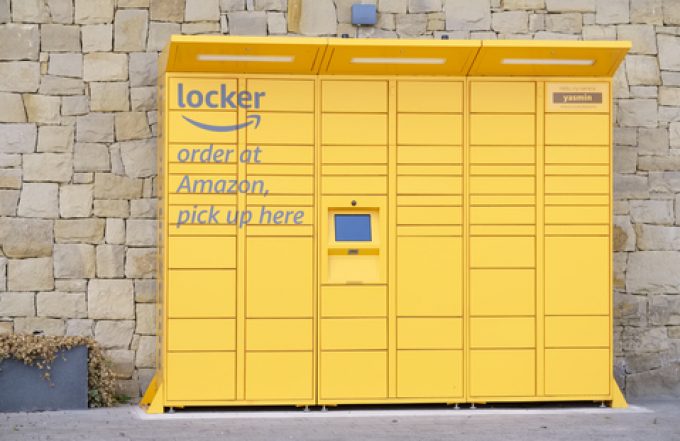Prologis – 'Water is building behind the dam'
…when will it break?

Amazon appears to be rowing back. The firm that has been the most potent and aggressive driver of ever-faster residential deliveries is trying to induce consumers out of their homes to collect their online purchases from a drop-off point nearby.
Last week, the e-commerce behemoth launched ...
MSC switches two more Asia-Europe port calls from congested Antwerp
Front-loading frenzy has made traditional H2 peak season 'unlikely'
Canada and Mexico get cosy with trade plan to bypass US
Tradelanes: Export boom in Indian sub-continent triggers rise in airfreight rates
Carriers introduce surcharges as congestion builds at African ports
Mexican airport modernisation plan unlikely to boost cargo facilities
Ports and supply chain operators weigh in on funding for CPB
Tradelanes: Overcapacity on Asia-S America impacting alliances and rates

Comment on this article
Stephen Y
October 16, 2021 at 3:05 amSaw an Amazon Van Delivery person today who said they had 125 deliveries today. Seemed light. Why I wonder?